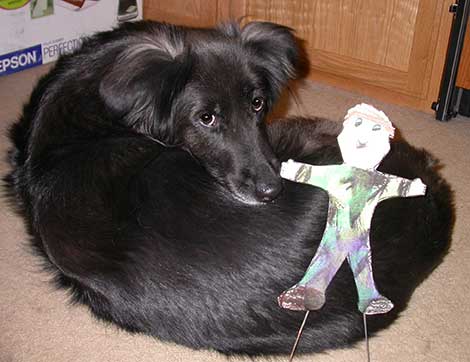In reviews of both my first and second novels, readers often comment on how much they love the characters I create. Jan, the main character in my second book, Fuzzy Logic is not like any character I’ve read about in the past. She was a lot of fun to write because she is a librarian who loves doing research and has an astonishing ability to recall facts. Throughout the novel, Jan spouts off various factoids about pop culture and history much to the amazement of others. Some characters in the book find her memory remarkable; others just find it annoying (one person says she’s “trying to card catalog the world”).
Although that aspect of her personality was fun to write, partly because of all the research I got to do, I do try to create characters that have more going for them than just one unusual quirk. Because I write romantic comedy, it’s not as if I have to go into gigantic psychological detail, but I find that it does help to spend some up-front time getting to “know” my characters before I start writing a book.
Here’s an overview of my process for developing the main characters in my novels.
- Figure out the basics, such as name, age, appearance, and employment. I often go to the Internet Movie Database (IMDB.com) and look at pictures of movie stars. I pick someone who looks like how I envision that character and copy the photo into my writing program.
- Decide on a Myers-Brigg personality type. The Myers-Brigg Type Indicator (MBTI) is based on research by Carl Jung, Katharine C. Briggs, and Isabel Briggs Myers. There are sixteen types and a Google search will tell you everything you need to know about how it works. It’s a handy way to see how people interact with others and the world around them. In Fuzzy Logic, Jan is a librarian, and not surprisingly, is a bit of an introvert. But based on the personality type I selected for her, she also is interested in security and having a peaceful life. That affects the decisions she makes in the novel.
- Create a back story. Obviously, I’m not going to write the entire history of every single character, but it helps to know where the character grew up, whether the person attended college, how many siblings they have and other basic elements of the person’s life before the book starts.
I have all this information stored in my writing program, so I can refer back to it. This information becomes more valuable over time as I write more books in the series. I’m busily working on book number four, and I can tell you that I refer back to my character sheets for the earlier novels all the time!
